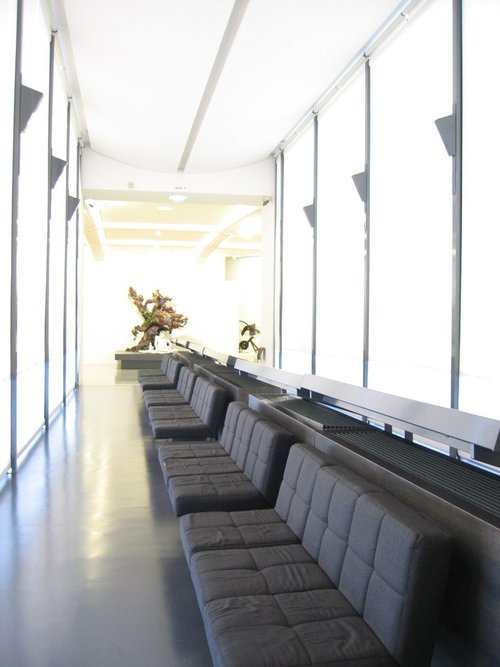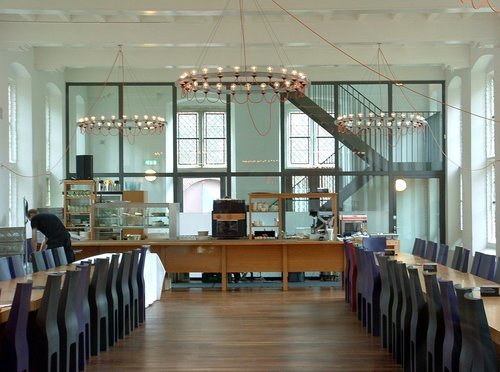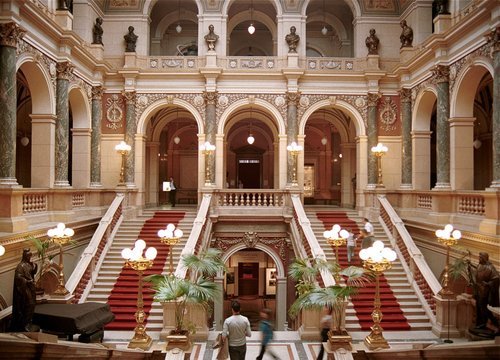The best art museums in the world all undoubtedly have their own unique character and sense of identity. This is often established through architecture and the art being exhibited. The furnishings of the museum also play a crucial role. Interior designers of art museums will have to consider several factors.

The Exhibition Space

The exhibition space will be where patrons get to see the art on show. It is essential to provide adequate seating for those who need to sit down while viewing it. The furnishings will need to fit over this seating. The material should be durable enough to withstand daily use.

The Café Area
Many art museums also have café areas where food and drink are provided to customers. The furnishings in these areas have to have the same durable qualities as the ones in the exhibition space. In fact, they will have to endure an even more tremendous amount of use. They should also be suitable for daily washing.
Staying on Brand
The furnishings will need to convey the branding of the individual art museum. This could include placing a logo on each one. There are plenty of online services that can provide this. For instance, an interior designer could use Bemz to order custom slipcovers. It is perfect for sofa covers in particular. Ordering in bulk will ensure that there is consistency with all of the furnishings within the museum.
Sticking to a Colour Scheme
Consistency should not just be continued in terms of branding. The colour scheme will also need to remain the same. This will make the overall interior design seem much more professional and uniform. Museums tend to choose fairly neutral colours. That way, the furnishings will go well with all kinds of artworks. Another option to go with is a very elaborate scheme.
Considering the Venue Capacity
When choosing the right furnishings, it is useful to take into account how many people will likely be visiting the museum each day. Being aware of this number will prevent the designer from inadvertently ordering too many or too few furnishings.
